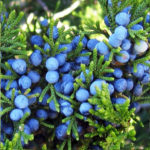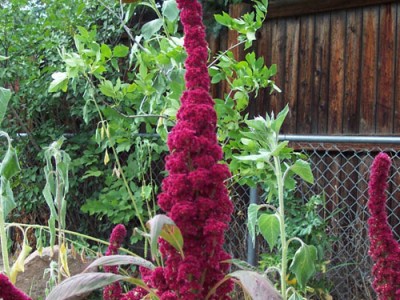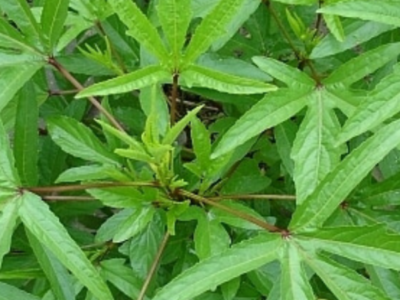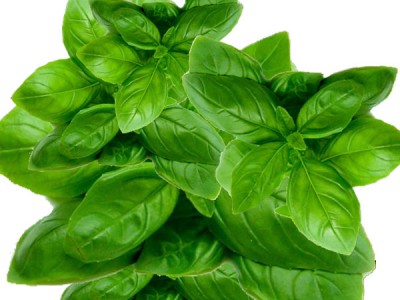
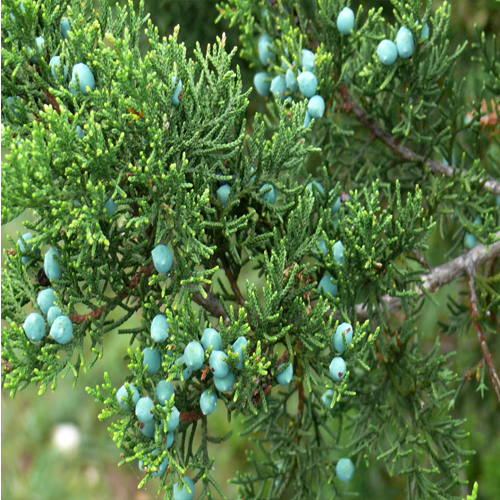
Juniper berry medicinal values and benefits
Juniper berry medicinal values and benefits
Plants and trees not only flower on the surface of the land, but also under the sea. There are lots of flowering plants under the sea which are very popular. The Yellow Floating Heart is also called water fringes.
The botanical name of this flowering water plant is Nymphoides. The flowers are yellow and white. There is another flowering plant named Cape Pond which is very famous in South Africa. Edible flowers and buds are used in various cuisines. This topic will deal with a plant named Juniper berry. Juniper Berry which is the female cone produced by various species of Junipers.
The botanical name of this famous plant is Juniperus communis. This is not a true berry but has fleshy scales which give it a berry shaped appearance. This berry is used a spice in European cuisines and also used in gin as a flavor.
Growth of Juniper Berry
Most of the juniper species grow berries but some are bitter. The size of the berries is 4 to 12 mm in diameter. The berries look green when young and the color changes to purple-black after it reaches 18 months. This berry is sold at a market in Syracuse, Sicily. The flavor of this green berry is pinene when they are young ones, when they mature it becomes citrus notes. The outer portion of the berry is flavorless, but the inner portion is used as flavor. They are crushed and used as a flavor. This spice is very famous in Northern Europe, especially in Scandinavian cuisine.
Uses And Properties
- It is used as a spice in many meat products especially wild birds.
- The berries are used as a seasoning for pork, cabbage and sauerkraut dishes.
- The Germans, Austrians, Czech, Polish and Hungarians also use this spice in various meaty dishes.
- It was added as a flavor in a Gin developed by Netherland during 17th century.
- Gin probably was derived from Juniper. Juniper berry is used as a medication for diuretic, appetite stimulant, rheumatism and arthritis, appetite suppressant, female contraceptive.
- The taste of the berry is dry, mealy and fibrous but sweet.
- Native Americans also use this berry both in culinary and medicinal purposes.
- They also use this one as beads for jewelry and decoration.
- An essential oil extracted which is extracted from juniper berries is used in aromatherapy, for making gin and perfumery.
Health Facts
The archeological findings suggest that this berry is used in ancient Egypt lavishly. These berries were imported from Greeks. The Greeks used this berries both as a medicine and as a flavor for their cuisines. Greeks used it in many Olympic events since they believed that it increases physical stamina. Romans used it as a substitute for black and long pepper.

